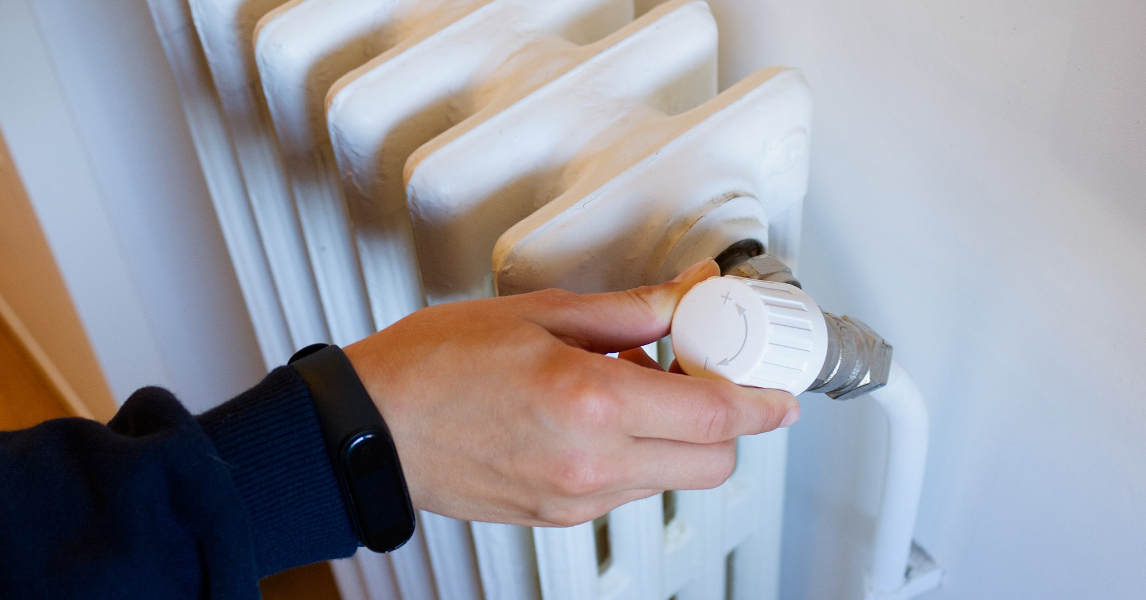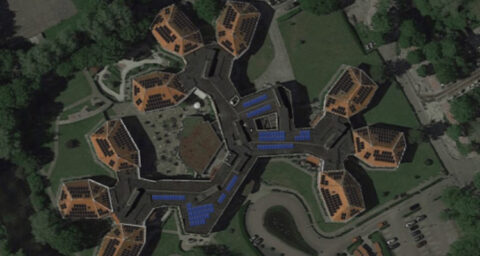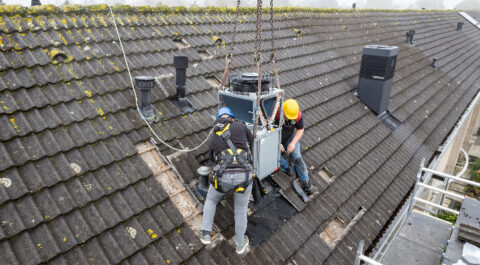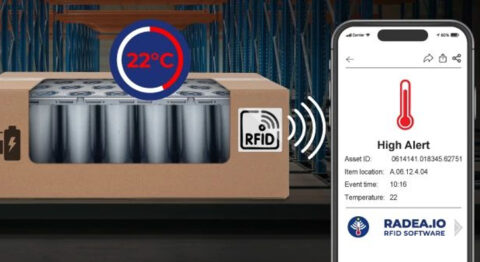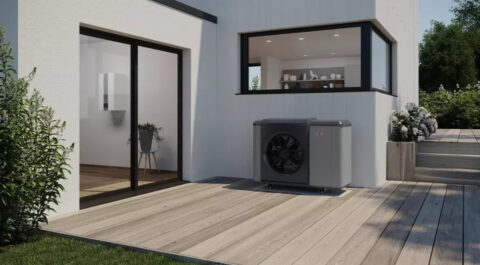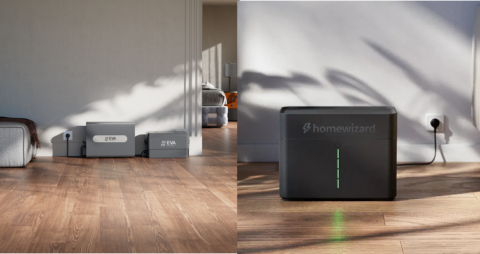Traditional radiators, of course, are made to work with a central heating boiler. But a heat pump and radiators also go well together. However, it is important to choose the right combination. What the best solution is depends on the situation and the customer's wishes.
Radiators made to work together with a central heating boiler have a high supply temperature, usually around 65˚C to 80˚C. If you connect such radiators to a low-temperature heat pump, the efficiency decreases dramatically. You should always keep that in mind.
Keeping existing radiators
It may well be that the existing radiators can remain when switching from a central heating boiler to an air/water heat pump or ground/water heat pump. It often depends on the degree of insulation. It may also be that the existing radiators are relatively new and already operate at a low supply temperature. In new buildings, fortunately, insulation has continued to improve in recent years. The radiators used there can usually work with a low supply temperature.
To check whether the radiators will get the house sufficiently warm with a heat pump, it is necessary to set the water supply temperature of the boiler to 50˚C. Then, using the thermostat, set the desired temperature to, say, 21˚C. In the spring and fall this may go well, but the question is whether the house will reach that requested temperature of 21˚C even in freezing temperatures. If so, the switch can be made without replacing the existing radiators.
Enough volume
With existing radiators, it is therefore possible in certain cases to choose a low-temperature heat pump. However, it is then necessary to have enough radiators to heat the home at a low temperature. Because if the supply temperature of the water is lower, the radiators together must have enough volume to produce sufficient heat. This requires a larger surface area, or more or larger radiators. This is because the capacity of the original delivery system is calculated to provide the heat needed in a room. Placing fans or boosters under the radiators can also help.
High temperature heat pump
In existing buildings with moderate insulation and traditional radiators, the choice of a heat pump may not be so obvious at first. Yet there are heat pumps on the market today that are suitable in that situation, for example heat pumps with CO2 as the refrigerant. They have even been specially developed for use in existing buildings. So the existing radiators do not have to be replaced, nor is additional insulation required beforehand.
A disadvantage of high temperature heat pumps is that they use a lot of electricity. It is therefore advisable to start insulating over time if this has not already been done (properly). The efficiency of the high temperature heat pump will then go up, reducing energy consumption and therefore energy costs. A high temperature heat pump is also more expensive to purchase than a low temperature type.

